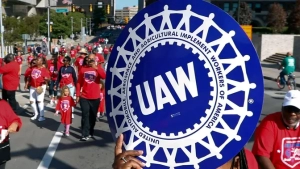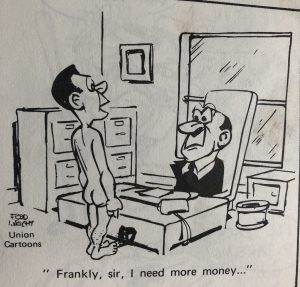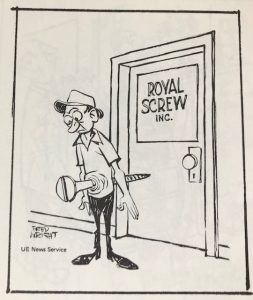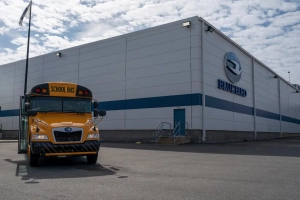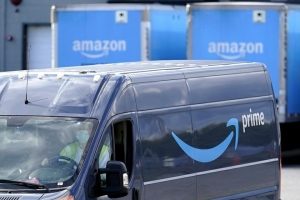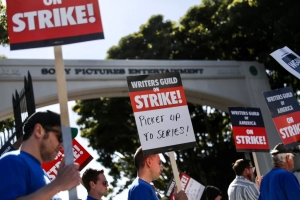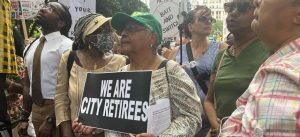
Photo AMANDA SALAZAR
New York City retirees won major victory earlier this month when a state Supreme Court judge permanently enjoined the city from switching retirees from their traditional Medicare to a Medicare Advantage plan. Retirees have been fighting this change that the city is trying to force down their throats for two years.
The scheme is the result of several years of secret negotiations between city administrations and the Municipal Labor Committee representing the unions of workers employed by New York City. Although the MLC is composed of many unions, the two largest ones, the United Federation of Teachers and DC 37 of AFSCME dominate the body. Several other unions have opposed the measure but they have been steamrolled over by the Big Two.
However, rank-and-file committees of the unions, including UFT and DC37 members have spung up, called rallies, testified at City Council meetings, and gained wide support in opposition to the change. They have disputed that the city’s claim that it will save the city $600 million. They have pointed to the fact that there would not be a problem if New York hadn’t tried to pay for a city workers’ promised raises several years ago by dipping into the health care trust fund, thereby pitting retirees against current workers. And they have pointed to a number of ways the city can come up with the money without penalizing retirees.
Ignoring all the protests and the blatant shortcomings in the enforced changes, Mayor Adams’ administration earlier this year signed a contract with Aetna, the giant health care company, to implement the plan. While the city claims that the plan is the same or better than their current one (these advantage plans often offer sweetening items like free gym memberships) they are profit-making companies that are notorious for saving money by requiring many medical procedures and doctor’s visits to get prior approval for payment, which is often denied. They also require you to choose only from panel of their doctors, which would require many retirees to leave the doctors of their choice for someone else. Not to mention that Aetna has been cited by the federal government as one of the leading insurance company perpetrators of Medicare fraud that has bilked the government out of billions of dollars.
The decision by Supreme Court Judge Lyle Frank made permanent his temporary stay issued a month earlier. He noted that the city had repeatedly promised retirees that by forgoing other benefits when they were active workers, they would be assured of full Medicare and paid medigap coverage free of co-pays and with only a relatively small deductible when they retired. He ruled that the city could not renege on this commitment.
The ruling has thrown the entire plan onto hold, a temporary victory, since a spokesperson for Mayor Adams said he plans to appeal. If the judge’s ruling is upheld it will be a big win for the 250,000 NYC retirees in their two-year fight to preserve the health care they deserve.
The attempt by the city to make this move is part of a larger push by government administrations and legislative bodies to disembody Medicare, one of the federal government’s greatest achievements, and turn it over to the multi-billion dollar insurance industry, further subordinating the health of Americans to greedy bottom line corporate profits.

